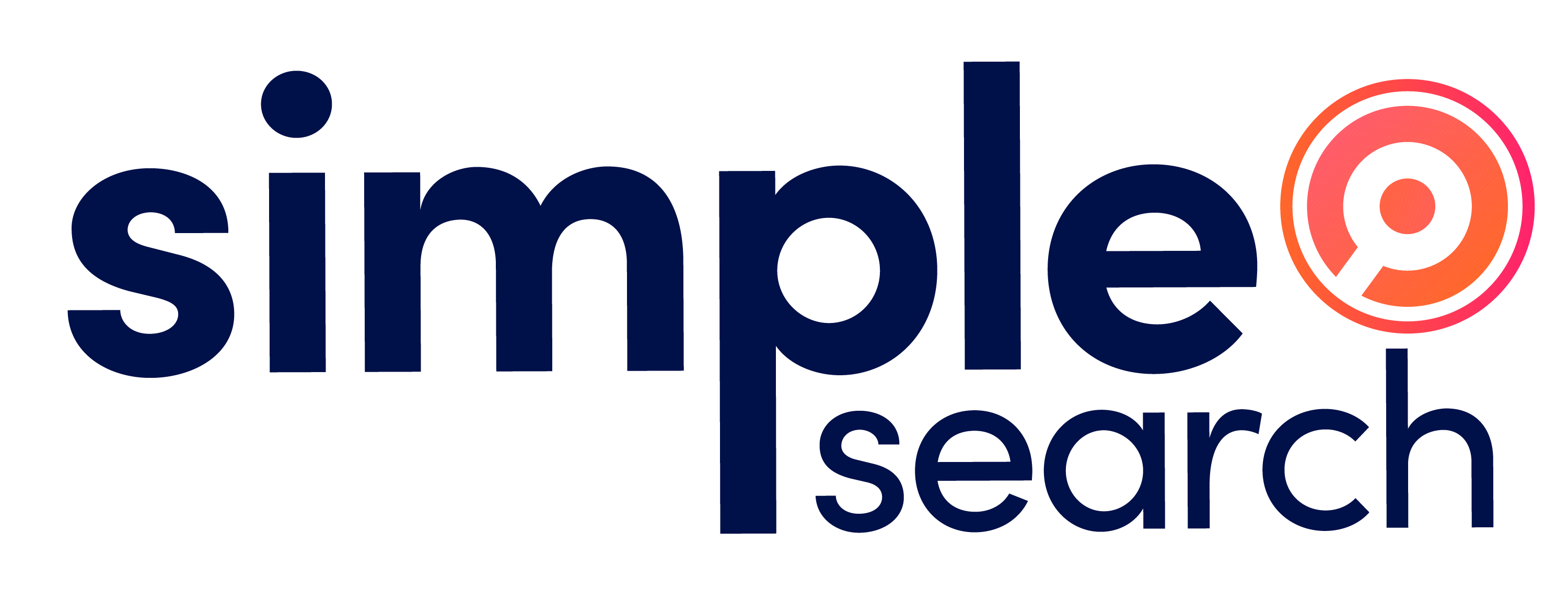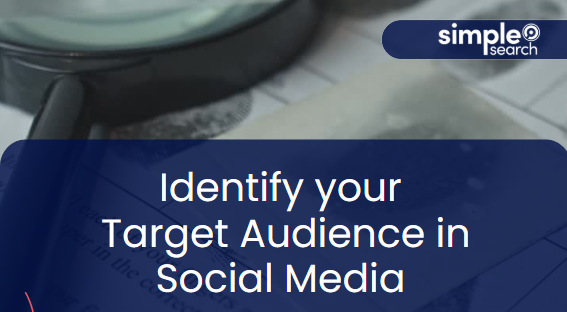As the new year unfolds, it is a good time to take a step back and reflect on whether your brand is confidently and successfully speaking to the audience you want to reach and whether your strategy is aligned to it, especially in the ever-changing paid social media landscape. The importance of identifying a target audience for any business is crucial to define the success of your Paid Social Marketing strategy. Understanding your audience can help you create more relevant content, improve engagement, and increase conversions.
But, first things first, what is a Target Audience? A Target Audience is a specific group of individuals that you want to reach with your marketing efforts. These consumers could be potential customers, a group of individuals that your brand wants to reach more effectively with a message, or any other characteristic that your brand may want in an audience. Target audiences are grouped based on shared characteristics, behaviors, or needs. In social media marketing, there are multiple ways to target an audience, as social media platforms provide many tools to define and narrow your audience for paid advertising:
Platform-Specific audience targeting tools:
- Demographics: Set a targeting based on age, location, gender or job title.
- Interests: Target people based on their interests and activities or content they engage with.
- Custom Audiences: Upload existing customer lists or website visitors to retarget them or create lookalike audiences.
- Lookalike audiences: Use data from your Custom Audience (e.g., past customers or website visitors) to target people who may be similar in terms of behaviors, demographics and interests.
- Job Titles/Industry: Use job title, function and industry to target professionals.
- Skills: Target users based on skills listed in their profile.
- Groups: Target people who are members of specific social media groups related to your industry or services.
Customer Data, for creating custom audiences
- Website Visitors (Retargeting): Use tracking pixels on your website to track and retarget visitors who did not convert. These audiences can also be segmented by site behavior for optimal targeting.
- Engagement Retargeting: Reach users that have engaged with previous social posts and/or ads, as they can be retargeted with more relevant content based on the engagement.
The Value of analyzing Social Media engagement
Social Media can be an amazing resource for helping to understand your audience. A good starting point is to analyze comments across all social networks in which the brand has a presence, as that could provide clues about how your message is resonating with your consumers. Another important point to consider, in terms of content, is to perform A/B testing to help in refining your content to better connect and communicate with your audience.
Segmentation is another key factor in understanding and identifying your target audience, as the breadth of information collected today on consumers can be bucketed into smaller and more specific groups (age, location, interest or industry) and used to identify trends and connect dots. All this will help you to identify more easily which segmentation strategy to follow, e.g., creating a specific marketing campaign for a specific audience. This type of segmentation allows you to use your budget and marketing resources in a more efficient way by launching highly targeted paid social campaigns.
Key points to consider when identifying an interesting target audience
- Unique interests or passions: Look for groups with specific hobbies or pursuits that set them apart.
- Specific needs and challenges: Identify groups facing particular problems that your product or service can solve.
- Demographic factors with depth: Go beyond basic age and gender to include factors like income, location, and lifestyle.
Be sure to avoid common mistakes when identifying and reaching your target audience!
- Don’t be too broad: This can dilute performance and cause ad spend waste by reaching the wrong people in too large of an audience pool.
- Don’t be too niche either: Too small of an audience will cause over saturation of ads to the same people, potentially leading to an increase in negative brand image as consumers tire of seeing the same assets.
- Avoid assuming that the same thing works for all campaigns: In many instances, the same product or service behaves differently when advertising in one region vs. another, so it is important to adapt audiences and paid social efforts to the market you are trying to impact.
Conclusion: The Key to Effective Marketing Is a Clear Audience.
Having a deep understanding of who your target audience is and how your brand is trying to reach them must be at the core of your paid social efforts in order to create a solid marketing strategy. Launching confidently with data-backed inputs will not only result in campaigns with better engagement but also see your message resonate well with the chosen audience, as well as maximize your marketing resources.
Looking to fine-tune your social media strategy? Contact us today to get started improving ROI across your campaigns this year!

